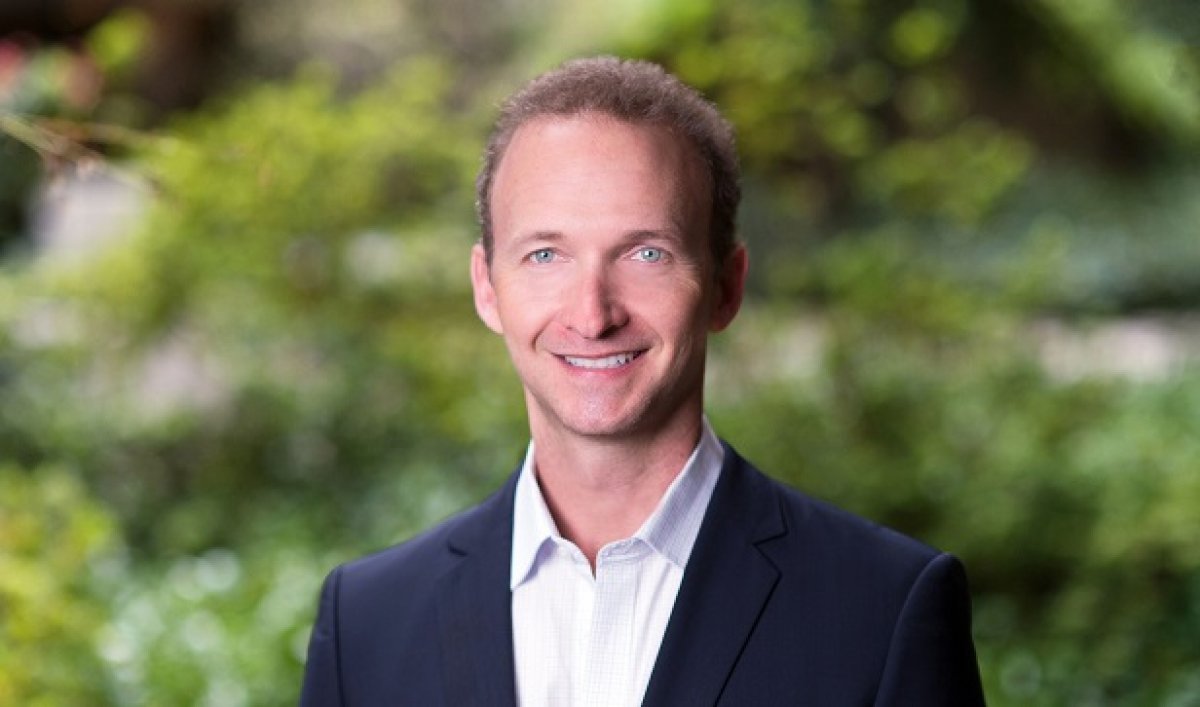
Finding strong deals in the healthcare real estate space has gotten harder this year and investment sales reflect that dynamic. Yet the demand for these assets persist, leaving developers in a quandary. To answer demand, many of these companies are getting creative. To find out more about this trend, GlobeSt.com caught up with R.J. Sommerdyke, vice president of acquisitions with Meridian, a developer and owner of medical office real estate with offices in Newport Beach and San Ramon, California, plus Phoenix, Dallas and Seattle.
What creative trends in the healthcare market are you seeing?
Sommerdyke: Over the past several years, there has been a drastic shift in the delivery of healthcare away from the traditional on-campus hospital setting and into outpatient facilities within communities. In fact, 70% of all new medical office construction across the nation this year, has been for off-campus facilities.
The main driver for this is to allow providers an opportunity to better serve their patients in a much more efficient and convenient manner. As a result, most of the demand we’re seeing is for infill locations with much more retail-like characteristics than previously sought for medical office buildings.
Given the high price of land and construction costs, coupled with the high parking ratios and large tenant improvements necessary for medical office, new development is oftentimes not a feasible option. In order to be successful today, developers like Meridian are constantly being challenged to think outside of the box in order to find suitable solutions for our clients.
Consequently, we’ve seen a growing number of adaptive reuse projects where non-medical buildings being repurposed to medical office. These buildings can be anything from general office to big-box retail buildings to even car dealerships or a former postal office. It takes a capable development team to overcome the hurdles of such a conversion but those with the vision and expertise can be successful.
Do any of Meridian’s current projects or deal reflect any of these trends?
Sommerdyke: Yes, we have multiple conversion projects currently in the works across the western United States. A good example is a building that we just purchased in Southern California. The property was a vacant building that was originally developed as a Culinary and Arts College. The former tenant recently went into bankruptcy and the building was being sold vacant.
While the existing improvements were not useful, we liked the location and saw an opportunity due to the building’s abundant parking and large, functional floorplates, which are highly sought-after due to the amount of consolidation going on in the industry. Our thesis on this property seems to be proving out as we were able to secure a large tenant for half of the building prior to closing escrow.
What are the biggest challenges you see as these trends pick up speed?
Sommerdyke: The 10-year average occupancy nationally for MOB’s has trended between 90-93% and due to the resiliency of the sector, there have been a lot of new groups and capital entering the space. Because of these strong statistics, there is oftentimes a false hope that because a building is medical office, it will automatically lease up and is recession proof. While the rewards can be great, groups without solid healthcare knowledge will likely face significant challenges.
I am already seeing buildings being renovated or converted to medical that have fundamental issues such as poor accessibility or low slab to slab heights. Both issues are critical for medical tenants and typically cannot be practically solved by renovations or capital. These types of projects have significant challenges ahead, which will be difficult to overcome.